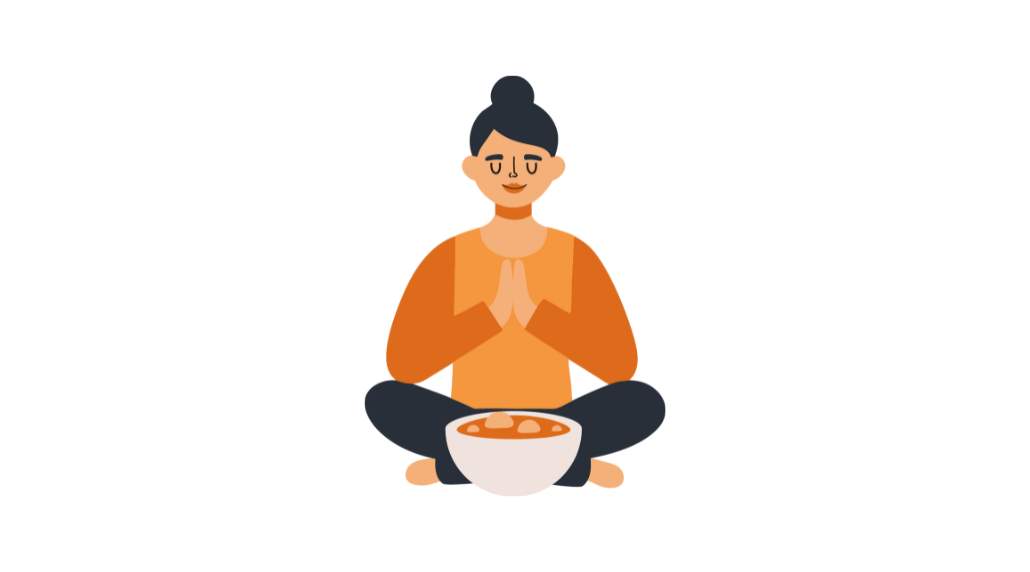The Social Media Affect: Its Role in Food Addiction and Recovery

Social media has transformed the way we interact with food, health, and body image. Platforms like Instagram, Tiktok, and Facebook are flooded with content ranging from diet trends to “what I eat in a day” videos, creating an environment where food-related behaviours are constantly on display. While social media can offer valuable support and awareness, it also plays a role in reinforcing disordered eating patterns and food addiction.
In this week’s blog post, we will explore the dual impact of social media, how it can contribute to food addiction, and conversely, how it can support recovery.
How Social Media Fuels Food Addiction
- The Dopamine-Driven Cycle of Social Media and Food Content
Food addiction, like many other forms of addiction, involves the brain’s reward system, particularly dopamine, the neurotransmitter linked to pleasure and reinforcement. Social media platforms are designed to keep users engaged through an endless cycle of likes, comments, and shares. When combined with highly palatable food content (such as indulgent recipes, mukbangs, and “food porn”), this created a powerful feedback loop:
- Scrolling through appealing food content triggers dopamine release.
- This increased cravings and may lead to compulsive eating behaviours.
- The short-term satisfaction reinforces repeated engagement with similar content.
- Over time, this can normalise overeating, emotional eating, or binge behaviours.
This cycle can be especially challenging for individuals struggling with food addiction, as it encourages external cues (such as seeing an influencer eat a dessert) rather than internal hunger and fullness signals.
- Diet Culture, Body Image, and the Restriction-Binge Cycle
Social media also perpetuates diet culture, promoting unrealistic beauty standard and extreme dietary trends. Influencers often showcase meticulously curated versions of their lives, where they appear to have “perfect” bodies, clean eating habits, and self-control. This can lead to:
- Comparison and self-judgement: Seeing influencers follow strict diets can make individuals feel like they aren’t discipline enough, leading to guilt around food.
- The restrict-binge cycle: Exposure to extreme dieting content may encourage restrictive eating patterns, which often lead to binge eating as a physiological response to deprivation.
- Shame and secrecy: Many people struggling with food addiction experience shame, which can worsen when they compare themselves to online personas.
For individuals in recovery, navigating diet culture on social media can be particularly challenging, as much of the content contradicts the principles of intuitive eating and self-compassion.
- Algorithmic Traps: Why You Keep Seeing More Food-Related Content
Social media algorithms are designed to show users more of what they engage with. If someone watches food-related videos or interacts with diet-related content, they will be shown even more of the same. This creates an echo chamber where:
- Someone struggling with food addiction is constantly exposed to triggers.
- People attempting recovery may still see restrictive diet advice, making it harder to shift toward healthier behaviours.
- The normalisation of excessive or restrictive eating patterns continues to be reinforced.
The challenge is that many users don’t even realise how much influence these algorithms have over their behaviours and thought patterns.
How Social Media Can Support Food Addiction Recovery
While social media can contribute to food addiction, it can also be a tool for healing when used intentionally.
- Building a Supportive Community
One of the most powerful aspects of social media is its ability to connect people with shared experiences. For those in recovery, finding a supportive online community can be incredibly beneficial. This can include:
- Food addiction recovery groups: Support groups where people can share their struggles and victories without judgement.
- Intuitive eating advocates and body positivity: Following professionals who promote self-acceptance and a balanced approach to eating.
- Mental health and recovery content creators: Therapist, nutritionists, and advocates who share insights on overcoming food addiction.
Engaging with this kind of content helps counterbalance the harmful narratives often pushed by mainstream diet culture.

- Curating a Healthier Feed
One of the best ways to use social media for recovery is to intentionally curate your feed. Some steps include:
- Unfollowing triggering accounts: If an influencer’s content makes you feel guilty, inadequate, or overly focused on food, it’s okay to unfollow.
- Following accounts that promote food freedom: Look for nutritionists, recovery advocates, and therapists who focus on intuitive eating and self-compassion.
- Engaging with positive content: The more you like, comment on, and share recovery-focused content, the more social media algorithms will prioritise showing it to you.
A feel filled with supportive, uplifting messages can reinforce recovery and encourage healthier habits.

- Using Social Media Mindfully
Mindful social media use is key to avoiding its negative effects while still benefiting from its supportive aspects. Some ways to practice this include:
- Setting time limits: Avoid mindless scrolling, especially around meal times, to prevent external food triggers from influencing eating behaviours.
- Reflecting on your emotional state: Before engaging with food content, ask yourself why you’re drawn to it. Are you hungry, bored, stressed, or looking for comfort?
- Practice digital detoxes: Taking breaks from social media can help reset your relationship with food by reducing exposure to diet culture and food triggers.

- Using Social Media as a Tool for Education
Despite its drawbacks, social media offers access to valuable information about food addiction and recovery. Many experts share insights on:
- The science behind food addiction.
- How to rewire thought patterns around food.
- Strategies for managing emotional eating.
- Success stories from others who have overcome similar struggles.
By using social media as an educational tool rather than a course of comparison, individuals can empower themselves with knowledge that supports long-term recovery.

Conclusion
Social media is a double-edged sword when it comes to food addiction. On one hand, it can perpetuate harmful cycles of binge eating, food obsession, and diet culture. On the other hand, when used intentionally, it can create supportive communities, provide educational resources, and serve as a tool for positive change.
The key to navigating social media in recovery is awareness - understanding how it affects your thoughts, emotions, and behaviours, and making conscious choices about what you engage with. By curating a healthier digital environment, setting mindful boundaries, and seeking out supportive content, individuals struggling with food addiction can turn social media into a powerful ally on the path to healing.
Need Support?
Join our community or reach out to talk with others who get it.
You don’t have to do this alone.
Copyright © 2025 · Food Addiction UK


